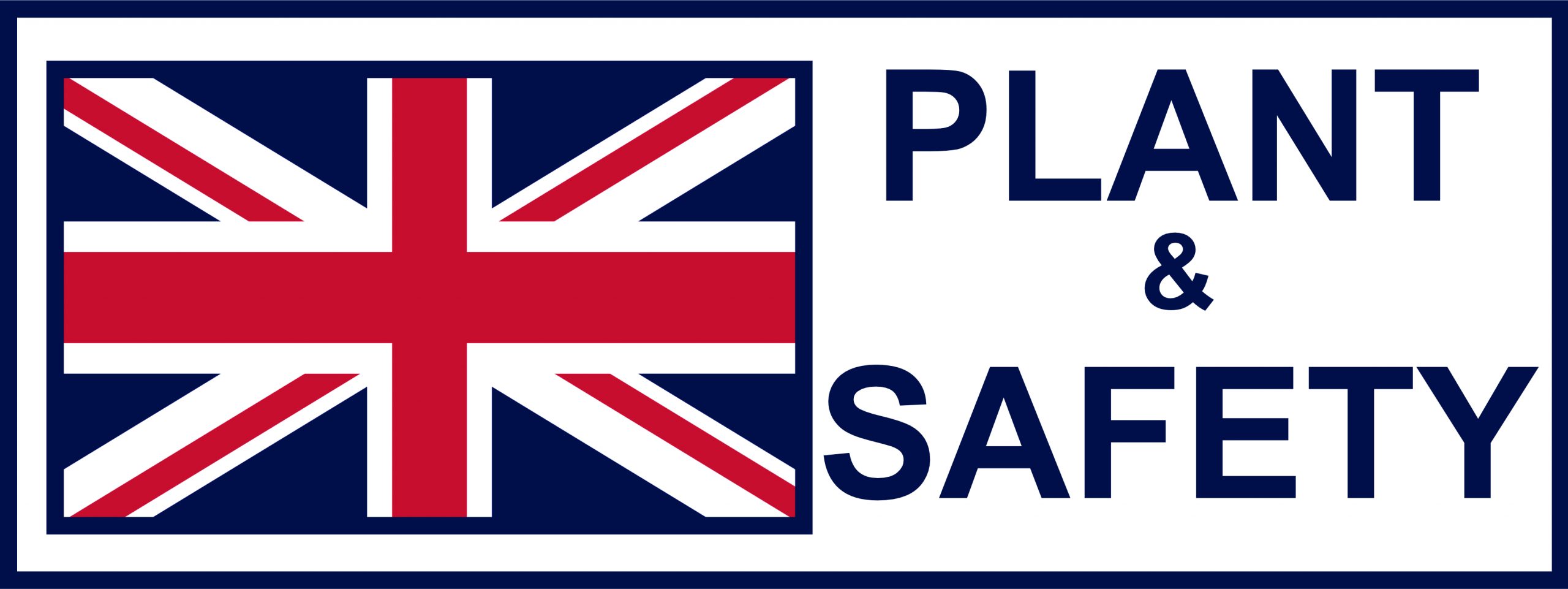Home » Pressure Systems » PSSR Regulation 9 – Thorough Examinations (Inspection and Testing) – What to expect?
If your business operates boilers, air compressors and air receivers, autoclaves, or other pressure systems, you are legally required to comply with the Pressure Systems Safety Regulations 2000 (PSSR 2000).
Under Pressure Systems Regulation 9, all systems must undergo regular inspection, testing and thorough examinations in accordance with a Written Scheme of Examination – (WSE), Regulation 8. to confirm their ongoing safety and integrity.
This guide explains what to expect during a Pressure Systems Regulation 9 inspection, testing and thorough examination, from preparation to post examination reporting, to ensure you can remain compliant and protect your workforce.
Pressure Systems Safety Regulations (Regulation 9) testing, inspection and through examination is a legally required under the PSSR 2000. It ensures that all pressure vessels, pipework, and safety devices remain in safe working condition.
Regulation 9 of the PSSR 2000 stipulates:
“The user of an installed system and the owner of a mobile system shall ensure that those parts of the pressure system included in the scheme of examination are examined by a competent person within the intervals specified in the scheme and, where the scheme so provides, before the system is used for the first time.”
(Source: Legislation.gov.uk – Pressure Systems Safety Regulations 2000)
This regulation ensures that thorough examinations, inspection and testing are carried out at specified intervals and before first use, confirming that the system is safe to operate.
In simple terms, this means that every pressure system covered by a Written Scheme of Examination (WSE) must be inspected and tested by a competent person:
Before first use, and
at the specific intervals outlined in the Written Scheme
Pressure System thorough examination inspection, and testing services ensures that the system is safe to operate and that any risks from stored energy are effectively controlled.
Before any Pressure System Inspection, Testing and Thorough Examination, the system must be safely prepared. The user or owner is responsible for ensuring:
The system is isolated from pressure sources.
The system is depressurised and drained as necessary.
Lockout/tagout procedures are in place to prevent accidental pressurisation.
There is adequate ventilation and safe access for inspection.
These steps protect both personnel and the competent person carrying out the examination.
What Happens During a Regulation 9, Pressure Systems Inspection, Testing and Thorough Examination?
A competent person will carry out a thorough inspection, testing and thorough examination (Regulation 9) of the pressure system in line with the Written Scheme of Examination (WSE). This includes assessment of:
The condition of pressure vessels and associated pipework.
The functionality of protective devices such as safety and relief valves.
The integrity of joints, seals, and supports.
Any signs of corrosion, erosion, or other forms of degradation.
The aim is to identify defects that could pose a risk to health and safety.
Pressure System, Post-Examination Reporting
Following the examination, the competent person must:
Prepare a written report detailing findings.
Specify any repairs, modifications, or remedial actions required.
Recommend any changes to operating conditions if needed.
If imminent danger is identified, the competent person must:
Inform the user or owner immediately.
Submit a written report to the enforcing authority under Regulation 10 of PSSR 2000.
WHAT WE OFFER
At Plant & Safety, our competent engineers carry out thorough PSSR inspections, including the preparation and review of Written Schemes of Examination (WSE), ensuring full compliance with the Pressure Systems Safety Regulations 2000.

How can we help?
To learn more or if you have any questions, please feel free to call or email us. You can also request a call back using our online form.
T: 0330 113 7920
E: sales@plantandsafety.co.uk
Useful Links
